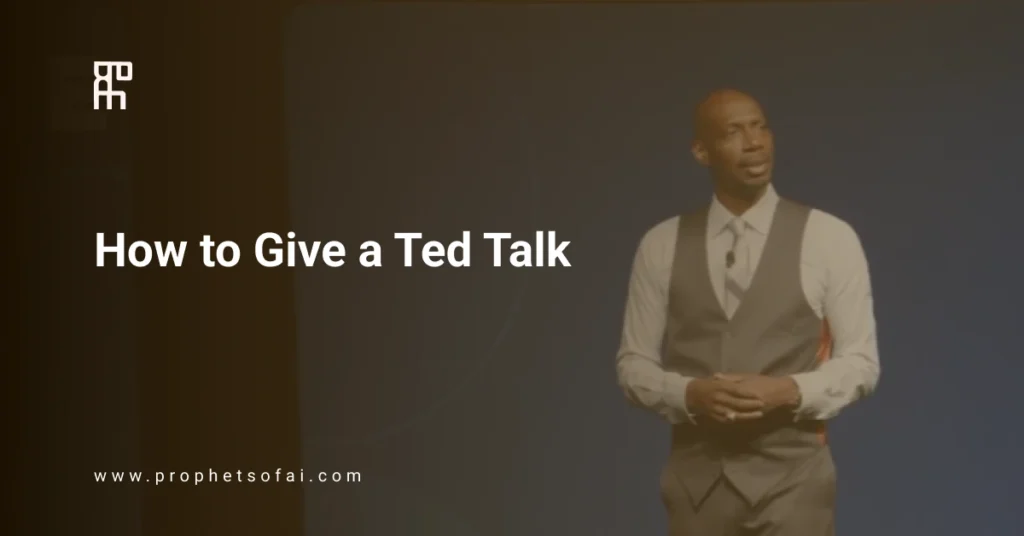It’s 9:45 AM. Your keynote starts at 10:00. Your phone buzzes: “Stuck in traffic. Running 30 min late. Sorry!”
Your heart sinks. Two hundred attendees are filling the conference hall. The AV team is waiting. Your CEO is in the front row. And your carefully orchestrated event timeline is about to implode.
Even with meticulous planning, speaker delays happen. Flight cancellations, traffic nightmares, family emergencies—the reasons vary, but the panic feels the same. What separates amateur event coordinators from seasoned professionals isn’t avoiding these crises; it’s how decisively you respond in the moment.
The next 60 minutes will test everything. But with the right action plan, you can turn a potential disaster into a minor hiccup your audience will barely remember. Here’s exactly what to do when your keynote speaker is running late.
The First 10 Minutes: Assess and Act
When you get that dreaded message, every second counts. Here’s your immediate action plan:
Call the Speaker Directly
Don’t rely on text messages. Pick up the phone and get specific information: Where exactly are they? What’s the realistic ETA (not the optimistic one)? What caused the delay? This conversation tells you whether you’re dealing with a 15-minute hiccup or a full-blown crisis.
Calculate Your Buffer Time
Look at your schedule with fresh eyes. Can you delay the start by 15 minutes without destroying your entire agenda? Do you have flexible break times you can compress? What dominoes will fall if you push everything back?
Alert Your Crisis Team
Immediately notify your venue manager, AV technician, and any speakers bureau representative. If you’re working with Prophets of AI, this is when their 24/7 support becomes invaluable—they can help coordinate backup options while you manage the room.
Your 4 Contingency Options
Now that you’ve assessed the situation, it’s time to execute. Here are four proven strategies to keep your event on track:
Option 1: Restructure the Agenda
Strategic shuffling can save the day. Move your networking session or breakout workshops to the morning slot. Extend the coffee break by 15 minutes—attendees will appreciate the extra mingling time. You can compress less critical segments later in the day when energy naturally dips anyway. The key is making it look intentional, not desperate.
Option 2: Deploy a Fill-In Speaker
Look around your event. Do you have panelists who could deliver a 20-minute talk? A company executive with a compelling story? Even a previous speaker who’s attending might step up. Keep the content conversational—think fireside chat or Q&A format rather than a formal presentation. The qualities that make someone a good keynote speaker—authenticity, expertise, and engagement—matter even more when they’re improvising on short notice.
Option 3: Create Interactive Engagement
Turn the delay into unexpected value. Facilitate roundtable discussions on hot industry topics. Run live polling and share real-time results. Host structured networking where attendees exchange ideas in small groups. These activities often generate more actionable insights than passive listening anyway, and attendees may thank you for the format change.
Option 4: Enable Remote Delivery
Is your speaker stuck at an airport with WiFi? Can they present virtually while in transit? It’s not ideal, but modern technology makes it possible. Have your AV team ready with backup equipment, test the connection before going live, and brief the audience that you’re adapting creatively to circumstances. A remote presentation beats an empty stage.
When to Pull the Plug
If the delay exceeds 90 minutes with no clear resolution, it’s time for an honest conversation. Follow established speaker cancellation protocols and communicate decisively. Your audience respects transparency more than optimistic promises that keep falling apart.
The Critical Decision Tree
- 10-20 minutes late: Delay the start, trim breaks, stay calm
- 30-45 minutes late: Activate your contingency plan immediately
- 60+ minutes late: Seriously consider cancellation or remote delivery
Transparency builds trust. Tell attendees: “We’re running approximately 20 minutes behind schedule. We’ll begin at 10:20.” Don’t make excuses for the speaker or over-explain. Give a specific new time with built-in padding, then move confidently to your backup plan.
When the Speaker Arrives
Your speaker finally rushes through the door, apologetic and flustered. Now you need seamless integration, not drama.
The 3-Minute Brief
Pull them aside immediately. Give them the essential updates: “The audience has been great. You have 35 minutes instead of 45. We moved the Q&A to the end of the day.” Keep it factual and calm—your energy sets their energy. Avoid making them feel worse about the delay.
Speed Sound Check
You don’t have time for a full technical rehearsal. Do a quick mic check, verify their slides load properly, and confirm their clicker works. Five minutes maximum. Your AV team should be ready to troubleshoot on the fly.
Should They Shorten Their Content?
Almost always, yes. Ask the speaker to focus on their core message and strongest stories. Quality trumps quantity. A tight 30-minute presentation that ends on time beats a rushed 45-minute talk that makes everyone late for lunch.
Rebuild the Room’s Energy
When you introduce the speaker, acknowledge the delay briefly and positively: “Thank you for your patience, everyone. We’re thrilled to welcome…” Then let the speaker’s expertise do the work. Don’t dwell on the disruption—move forward with confidence.
Protect Your End Time
Respect your attendees’ schedules. If you need to compress something, trim the Q&A or networking time, not the speaker’s core content. Ending on time (or announcing a clear, brief extension) preserves trust and professionalism. Your audience planned their entire day around your schedule.
Prevention Strategies
The best crisis is the one you avoid entirely. Here’s how to minimize delay risks:
Build Smart Buffers
Require speakers to arrive 90-120 minutes early. Build 15-minute flex periods between major segments. When coordinating keynote speaker travel arrangements, pad timelines generously—book flights landing the night before when possible, and account for traffic, weather, and transportation delays.
Choose Reliable Partners
Vet speakers for punctuality, not just talent. Working with reputable speakers bureaus like Prophets of AI adds a critical safety layer—pre-vetted professionals with proven track records and emergency support when things go wrong.
Day-of-Event Protocols
Confirm with speakers 24 hours before, then again 2 hours before their session. Get direct mobile numbers. Test all technology that morning. Always identify backup speakers during planning and keep engaging content templates ready—discussion topics, polling questions, networking activities.
Conclusion
Speaker delays test your event management skills, but decisive action and solid contingency plans turn potential disasters into minor hiccups. The difference between chaos and control? Preparation and professional partnerships.
Prophets of AI provides more than exceptional speakers—we deliver reliability, vetted professionals, and 24/7 crisis support when you need it most. Ready to book keynote speakers you can trust? Contact us today for world-class talent backed by comprehensive event protection.
Quick Reference: Emergency Response Checklist
☐ Call speaker immediately for exact ETA
☐ Notify venue staff and AV team
☐ Decide: delay, restructure, or cancel
☐ Communicate clearly with audience
☐ Activate backup plan
☐ Stay calm and lead decisively






